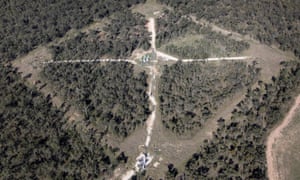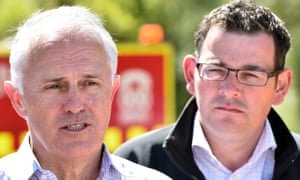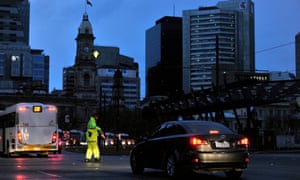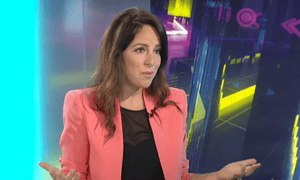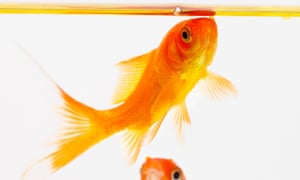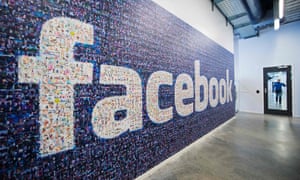Extract from ABC News
Posted
Photo:
Researchers fear the job prospects of university graduates are not going to improve any time soon. (Getty Images: Morten Falch Sortland)
Job prospects for Australian university graduates are
declining, with a new study showing less and less people are finding
full-time employment after completing higher education.
Key points:
- Graduate employment rate dropped from 89 pc to 67 pc 2008–2014
- Research shows large increase in university enrolments, despite less graduates finding full-time work
- Universities Australia says labour market has kept up with increase in graduates
The research by National Institute of Labour Studies at Flinders University shows that between 2008 and 2014, the proportion of new university graduates in full-time employment dropped from 89 per cent to 67 per cent.
Adjunct Professor Tom Karmel said students yet to complete their studies would struggle to find work as the number of available jobs shrunk against a glut of university graduates.
"That's not to say they won't get a job, but people do have to start thinking about the return that they get on their degrees," he said.
"There certainly has been a huge increase in the supply, but what you would expect over time is for the labour market demand side of things to adjust, and that hasn't happened sufficiently over that period of time."
Dr Karmel said the drop had been uniform but the student-to-work ratio of some fields was better than others.
"Nobody would be surprised to know that in 2008 almost 100 per cent of graduates from medicine had a job — 97.5 per cent," he said.
That figure had dropped to 95 per cent by 2014.
"In 2008 only 22 per cent of graduates in language and literature had a full-time job, and that's dropped to 12 per cent."
Swinburne University student Charlotte Henderson said she was confident of finding work when she finished her double degree of business and communication, but the same was not true of her friends.
"I know a lot of my friends are studying degrees that are a little bit more vague and are really, really struggling to find work in their area," she said.
"I think most of our generation is pretty aware of that it's just getting harder and harder.
"It's pretty likely that I'll be studying or searching for work for the rest of my life."Despite the 20 per cent drop in university graduates finding full-time work, the number of commencing students jumped from just under 20,000 to over 27,000.
Dr Karmel apportioned some of the blame for the apparent over-supply of graduates to universities.
"There's been no doubt that universities have been very keen to expand their enrolments," he said.
"There's a clear financial incentive to do so but I think they're going to be under more and more scrutiny in terms of the outcomes for the graduates.
"And if they can't provide good outcomes, I think it's going to be very difficult for those universities to recruit at the margins."
Belinda Robinson, chief executive of Universities Australia, rejected the suggestion there was an over-supply of university graduates.
"On the whole, the labour market has absorbed the very substantial increased numbers of graduates with very little difficulty over the past 30 to 40 years," she said.
"It's also demonstrated that unemployment rates for graduates still remain well below other groups."
But Andrew Norton, the Grattan Institute's higher education program director, said there probably were too many graduates.
"We all need to think carefully about whether some of the students who are at university would be better off doing a vocational diploma or certificate III or IV course," he said.
